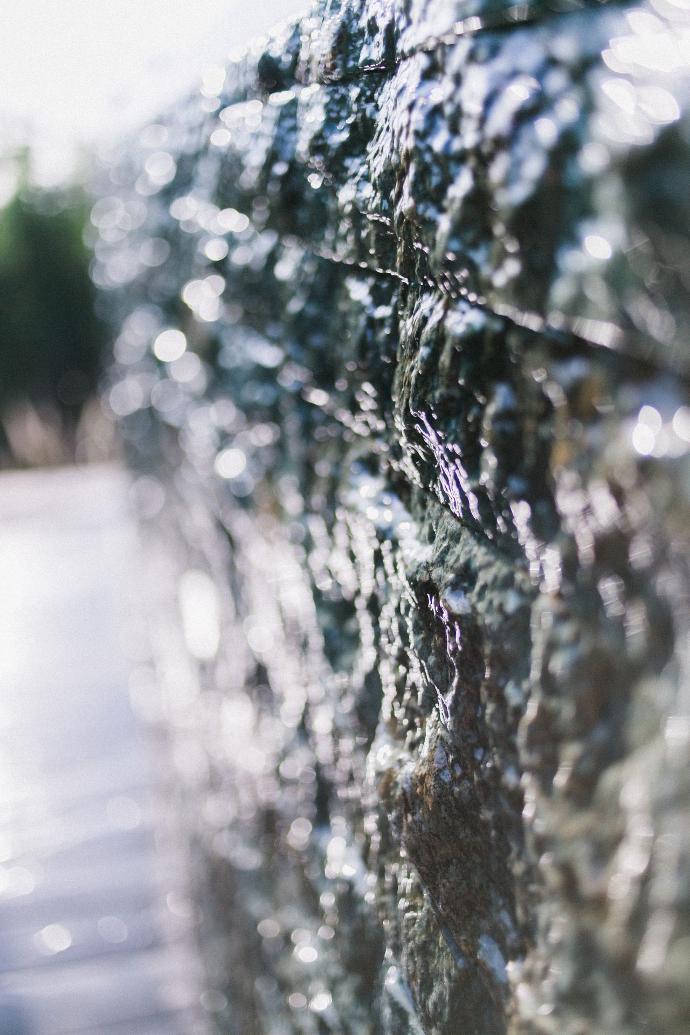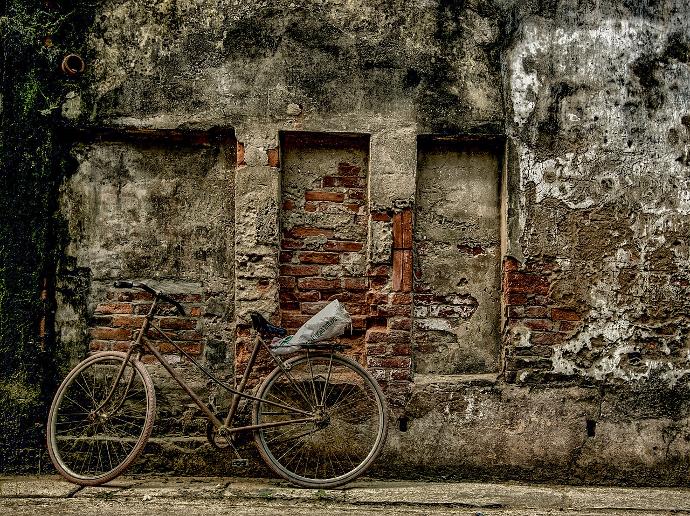How to remove efflorescence from walls?
A very common problem
The appearance of efflorescence on walls is more common than you might think. It can be very bothersome as it can cause unpleasant odors, ruin the finish of our walls, and even lead to structural damage and promote the growth of fungi and bacteria, which can have negative effects on our health.
In this article, we will explain briefly and simply what efflorescence is, why it forms, its effects on health, how to prevent it, and how to remove this common and uncomfortable problem.
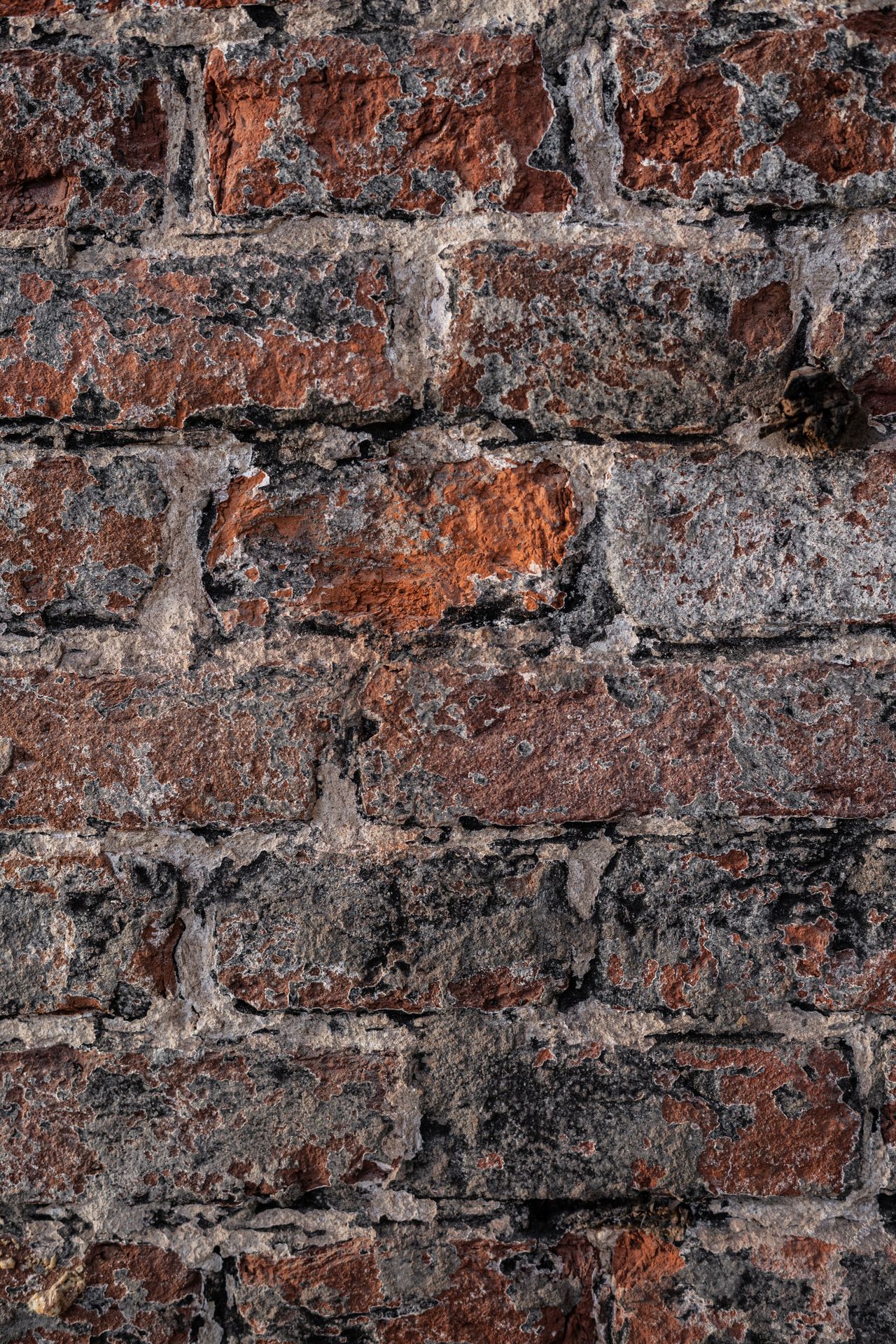
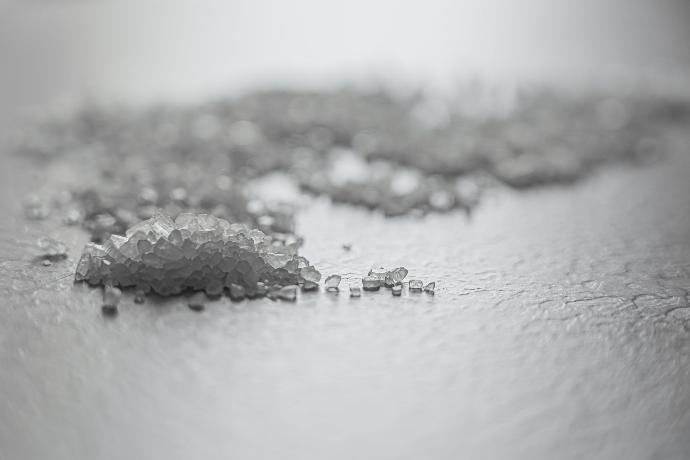
What is efflorescence?
Efflorescence is nothing more and nothing less than deposits of salts, usually white in color, that form on the surface of walls, ceilings, or floors. These deposits can consist of a wide variety of salts such as carbonates, phosphates, sulfates, etc.
Why does efflorescence form?
In simple terms, moisture trapped in the walls can contain salts. Once the trapped water begins to evaporate, the vapor carries along the salt crystals that were present in the water. This process happens on a very small scale, practically imperceptible to our eyes. However, over time, more and more salt crystals accumulate on the surface, and that's how efflorescence forms.
It is a process similar to separating salt from seawater. When we boil the water, it evaporates while the salts from the sea remain at the bottom of the container.

Effects on health
In addition to affecting the appearance of our walls and finishes, efflorescence can also cause health issues. Due to excess moisture, efflorescence can appear. However, it can also lead to the growth of fungi and bacteria, forming mold. This mold is responsible for causing various respiratory diseases such as asthma.
Prevention
It is always easier to prevent than to repair an unforeseen problem. That's why at MAXIMA, we always recommend timely prevention to avoid the formation of efflorescence. Some ways to prevent efflorescence formation are as follows, and we advise the user to follow the order from simplest to most complex:
· Verify that the surface damaged by efflorescence is not excessively exposed to moisture. If there is any source that promotes moisture, such as a broken pipe or rain leaks, it is necessary to repair it first to effectively eliminate efflorescence. In walls or surfaces in direct and continuous contact with moisture, such as gardens or bodies of water, it is NOT POSSIBLE to permanently eliminate the problem; only efflorescence control is possible.
· Install a wall that acts as a vapor barrier. This wall will trap moisture and the salts carried to the surface by vapor.
· Installation of integrated waterproofing systems in the concrete or coating mixture that covers the wall.
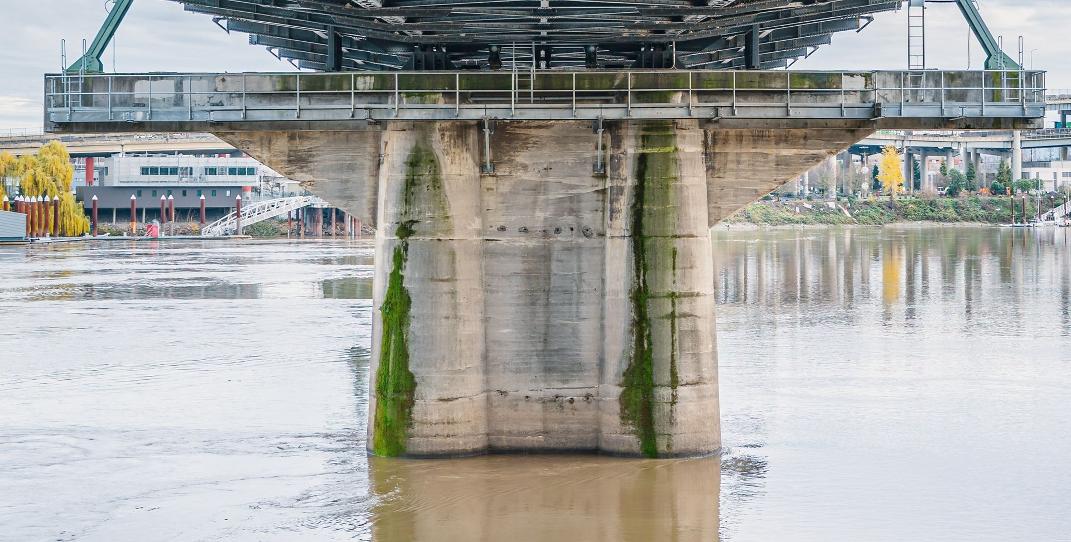
How to eliminate efflorescence with MAXIMA Efflorescence Remover?
The number one solution for efflorescence removal
Es sumamente importante encontrar la mejor solución para eliminar el problema del salitre. Esta solución es el QUITASALITRE CONCENTRADO MAXIMA.
No film formation
Forget about drilling surfaces and injecting inefficient products that leave a plastic film. The powerful state-of-the-art formula of MAXIMA Concentrated Efflorescence Remover directly attacks efflorescence without leaving a shiny finish on surfaces.
¡Its application is so simple that anyone can remove efflorescence!
Get your MAXIMA Concentrated Efflorescence Remover today and get rid of the annoying and uncomfortable problem of efflorescence. Click on the following link:
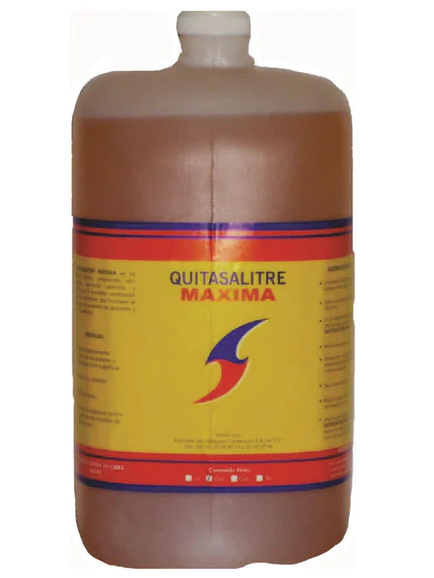
Application of MAXIMA Concentrated Efflorescence Remover
The application of MAXIMA Concentrated Efflorescence Remover is so simple that we can describe it in 3 easy steps:
Cleaning
Dejar libre de recubrimientos la pared afectada y cepillar con cepillo de alambre.
Dilution
Dilute 1 liter of MAXIMA Concentrated Efflorescence Remover with 1 liter of clean water*.
*In severe cases, direct application of the product is recommended.
Application
Apply two coats using a brush, roller, or sprayer.
Done!
Great! Now you can decorate the surface and forget about efflorescence problems in your home.
Remember that it is important to check for any constant source of moisture such as gardens, bodies of water, fountains, etc. Otherwise, the problem can only be controlled, not eradicated.
